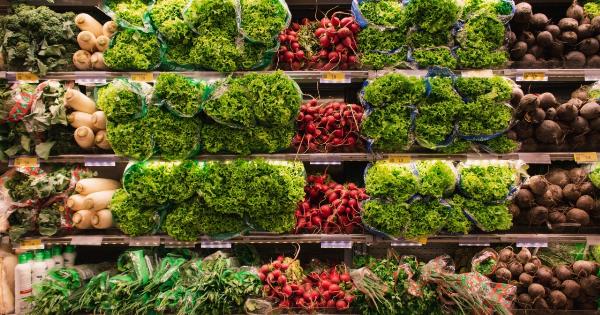Food temptations are something that most people can relate to.
Whether it’s passing by a bakery and getting lured in by the smell of freshly baked goods or mindlessly reaching for a bag of chips while watching TV, we’ve all experienced moments of weakness when it comes to food. But have you ever wondered why we give in to these temptations? What drives our behavior when it comes to food cravings? Let’s explore the fascinating world of the psychology of food temptations.
1. Understanding Food Cravings
Cravings are intense desires for specific foods. They can be triggered by various factors such as hunger, stress, emotions, or the sight and smell of appealing food.
Researchers have found that certain foods, particularly those high in sugar and fat, can activate the brain’s reward system and release feel-good chemicals like dopamine, leading to a pleasurable experience and reinforcing the desire for these foods.
2. The Impact of Environment
The food environment we are exposed to plays a significant role in shaping our cravings and eating behavior. Food advertisements, availability of unhealthy snacks, and even the social setting can influence our food choices.
Research has shown that people tend to eat more when high-calorie, tempting foods are easily accessible and visible. A well-stocked candy bowl on your desk might make it harder to resist the urge to snack mindlessly throughout the day.
3. Stress and Emotional Eating
Stressful situations can have a profound impact on our food choices. When we’re stressed, our bodies release cortisol, commonly known as the stress hormone, which can increase our cravings for comfort foods.
Many people turn to food to cope with negative emotions, seeking temporary pleasure and distraction. Emotional eating can become a habitual response to stress, leading to a cycle of cravings and overeating.
4. The Role of Self-Control
Self-control, or the ability to resist immediate gratification in favor of long-term goals, is an essential aspect of managing food temptations. Research suggests that self-control is a limited resource that can be depleted throughout the day.
This depletion can make it harder to resist food cravings later in the day when our self-control reserves are low. Developing strategies to enhance self-control, such as mindful eating or planning meals in advance, can help combat impulsive food choices.
5. Mindful Eating
Mindful eating is a practice rooted in mindfulness, which involves paying attention to the present moment without judgment.
By applying this approach to eating, individuals can become more aware of their hunger and fullness cues, as well as the sensory experience of food. Mindful eating encourages a non-judgmental attitude towards cravings, allowing individuals to choose whether to indulge or opt for healthier alternatives.
It promotes a deeper understanding of the mind-body connection and can help break the cycle of mindless eating.
6. Creating a Healthy Food Environment
Changing our surroundings can have a powerful impact on our eating habits. By making healthy foods more accessible and visible while minimizing the presence of tempting, high-calorie snacks, we can nudge ourselves towards better choices.
Stocking the pantry with nutritious options, keeping a bowl of fresh fruits on the counter, and organizing the refrigerator to showcase healthy food choices are simple yet effective ways to create a healthier food environment.
7. Coping Strategies for Food Temptations
Recognizing our triggers and developing coping strategies is crucial for overcoming food temptations. Finding healthier alternatives to satisfy cravings, such as swapping ice cream for a frozen banana, can help curb unhealthy eating habits.
Engaging in stress-relieving activities like exercise, meditation, or hobbies can redirect our focus away from food. Surrounding ourselves with a support network and openly discussing our challenges can also provide valuable motivation and accountability.
8. Understanding the Role of Personal Factors
It’s important to acknowledge that the psychology of food temptations can vary among individuals.
Personal factors, such as genetics, upbringing, cultural influences, and past experiences with food, shape our relationship with cravings and food choices. Some people may be more susceptible to certain types of cravings, while others may have developed healthier coping mechanisms. By understanding our own triggers and thought patterns, we can tailor strategies that work best for us.
9. Overcoming Guilt and Building a Positive Relationship with Food
Food temptations often come with feelings of guilt and regret. It’s important to break free from this cycle of guilt and build a positive relationship with food.
Instead of labeling foods as “good” or “bad,” focusing on balance and moderation can help remove the guilt associated with indulging in cravings. Allow yourself to enjoy your favorite treats occasionally without judgment, and savor the experience mindfully.
10. Seeking Professional Support
If you find that food temptations are significantly impacting your well-being and overall health, seeking professional support from a registered dietitian, therapist, or eating disorder specialist can be incredibly helpful.
These experts can provide personalized guidance, strategies, and support to address specific challenges related to food temptations and cravings.























